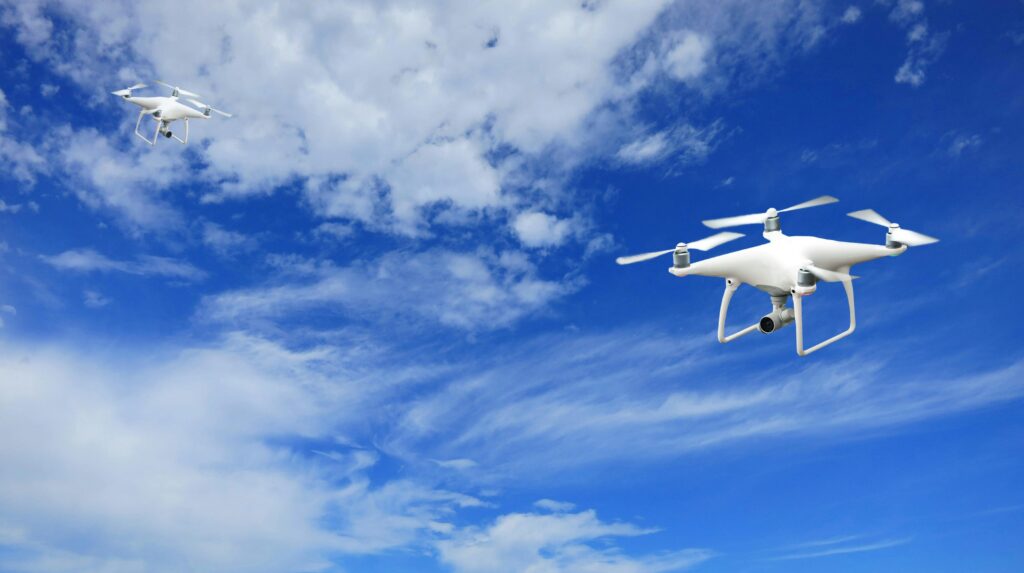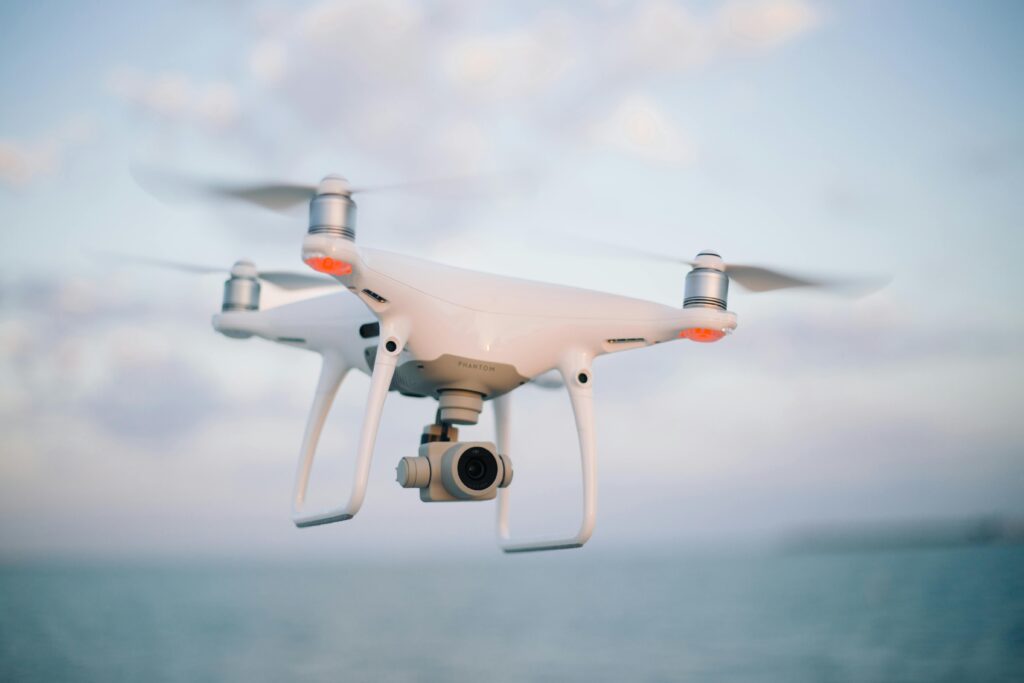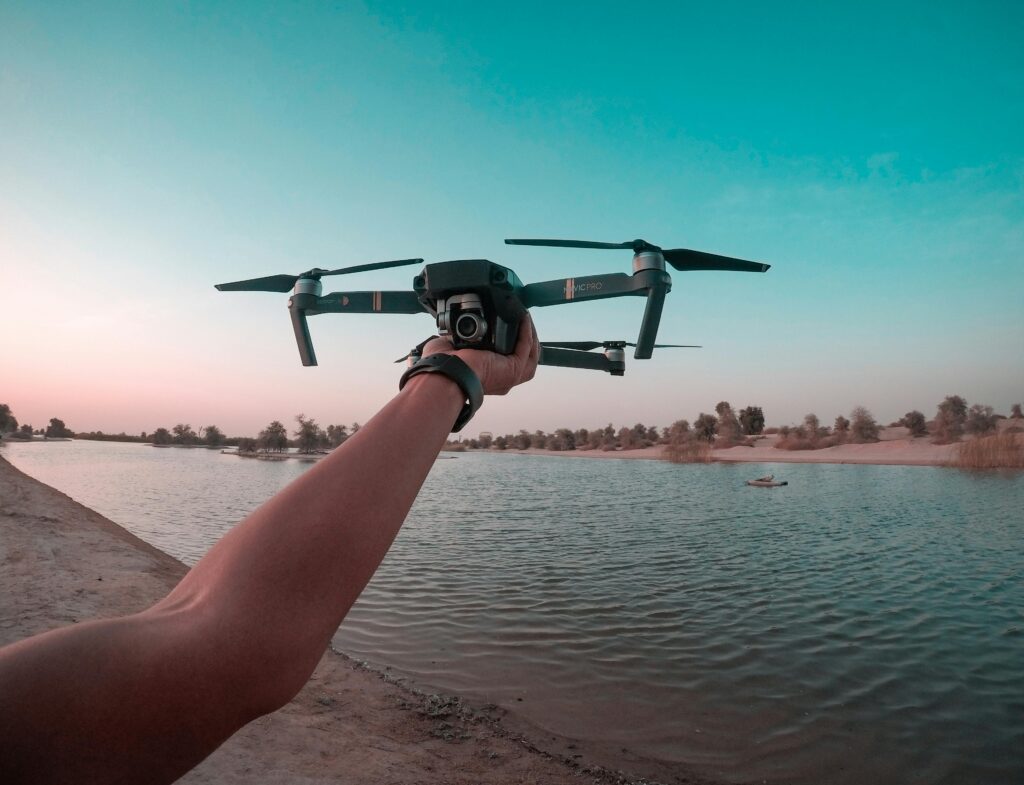Can Drones Be Flown At Night?

Nighttime Drone Flying Rules and Regulations
Thinking about taking your drone out for a nighttime flight? It’s important to know the rules and regulations that apply to flying drones after dark. Flying drones at night can present unique challenges and risks, which is why there are specific guidelines in place to ensure safety. Let’s take a closer look at what you need to know before you fly your drone at night.
FAA Regulations
The Federal Aviation Administration (FAA) in the United States has specific regulations in place that govern the operation of drones, including flying at night. According to the FAA’s regulations, drone operators must obtain a waiver to fly their drones at night. This waiver is known as a Part 107 waiver and allows drone pilots to operate their drones during the night.
Part 107 Waiver Process
To obtain a Part 107 waiver to fly your drone at night, you must meet certain requirements set forth by the FAA. One of the primary requirements is that you must already hold a remote pilot certificate under Part 107. Additionally, you must complete the FAA’s application process for a night waiver, which includes providing details about your proposed nighttime operations, safety procedures, and the specific drone model you will be using.
Nighttime Operation Safety Measures
Flying a drone at night comes with its own set of safety considerations. To ensure the safety of your nighttime drone flights, it’s essential to take the necessary precautions. Some of these measures include:
- Ensuring that your drone is equipped with proper lighting that allows you to maintain visual line of sight at night.
- Avoiding flying over people or populated areas to minimize the risk of accidents.
- Paying close attention to weather conditions, as visibility at night can be reduced, making it harder to navigate your drone safely.
- Conducting a thorough pre-flight inspection to check for any malfunctions or issues that could compromise the safety of your flight.

Advantages of Flying Drones at Night
While flying drones at night may come with additional challenges, there are also benefits to nighttime flying that make it an appealing option for many drone operators. Some advantages of flying drones at night include:
- Capturing stunning nighttime footage and photography that showcases cities, landscapes, and other subjects in a different light.
- Avoiding daytime crowds and distractions, allowing you to focus on capturing the perfect shot without interference.
- Reducing glare and harsh lighting conditions that can impact the quality of your footage during the day.
Avoiding No-Fly Zones and Restricted Areas
When planning a nighttime drone flight, it’s crucial to be aware of any no-fly zones or restricted areas in your area. Flying a drone in prohibited airspace can result in fines, penalties, and legal consequences. To avoid flying in restricted areas, it’s recommended to use tools such as the FAA’s B4UFLY app or other drone flight planning apps that provide up-to-date information on airspace restrictions.

Importance of Maintaining Visual Line of Sight
Maintaining visual line of sight with your drone is essential for safe and responsible flying, especially at night when visibility is reduced. By keeping your drone within your line of sight, you can better navigate and control it, preventing potential accidents or collisions. If your drone is equipped with proper lighting and visual aids, it becomes easier to maintain visual contact during nighttime operations.
Lighting Requirements for Nighttime Drone Flights
To ensure that your drone is visible and identifiable during nighttime flights, it’s important to equip it with the necessary lighting. The FAA requires that drones flown at night have anti-collision lighting that makes them visible from three statute miles away. Some lighting options for nighttime drone flights include:
- White navigation lights on the front of the drone to indicate the direction of flight.
- Red or green navigation lights on the back of the drone to signal the position of the drone.
- Strobe lights or other high-intensity lighting to increase visibility in low-light conditions.
Nighttime Flight Skills and Training
Flying a drone at night requires extra skill and practice due to reduced visibility and potential obstacles. To ensure that you are prepared for nighttime drone flights, it’s recommended to practice your flying skills during the daytime first. Familiarize yourself with the lighting controls on your drone and practice maneuvers in open spaces before attempting nighttime flights. Additionally, consider taking a night flying course or seeking guidance from experienced pilots to improve your skills.
Insurance Considerations for Nighttime Drone Flights
When flying a drone at night, it’s important to consider the insurance implications of nighttime operations. Some insurance providers may have specific requirements or limitations for nighttime drone flights, so it’s essential to review your insurance policy and ensure that you have coverage for nighttime operations. If your policy does not cover nighttime flights, you may need to purchase additional coverage or seek a specialized insurance plan that includes nighttime flying.
Final Thoughts
While flying drones at night can be a thrilling and rewarding experience, it’s crucial to understand the rules, regulations, and safety considerations that apply to nighttime operations. By following the FAA’s guidelines, implementing safety measures, and practicing your nighttime flight skills, you can enjoy the unique opportunities that come with flying drones after dark. Remember to prioritize safety, visibility, and compliance with regulations to ensure a successful and enjoyable nighttime drone flight. Happy flying!
